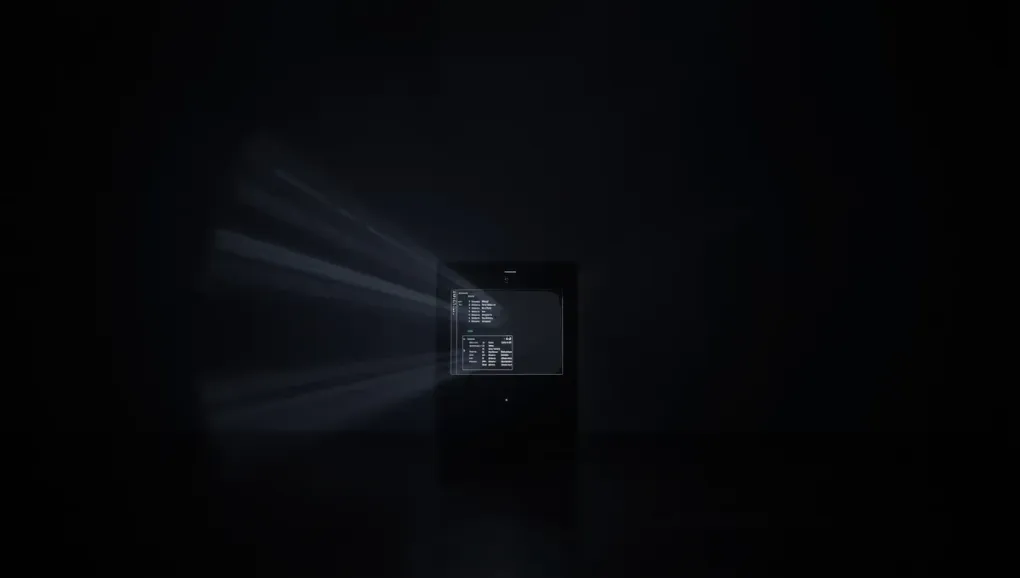
The Ghost in the Machine: How Steve Jobs's Forgotten Failure Powers Every Apple Device Today
Every time you unlock your iPhone, open your MacBook, or glance at your Apple Watch, you are interacting with a ghost. It is the ghost of a failed computer company, a forgotten revolution, and the most successful failure of Steve Jobs’s career. It is the ghost of NeXTSTEP, the operating system that was a decade ahead of its time, and the secret foundation upon which the entire modern Apple ecosystem is built.
This is the story of how Steve Jobs’s wilderness years, the period after he was forced out of Apple, produced the technology that would ultimately save it and change the world.
The Wilderness Years: The Birth of NeXT
In 1985, Steve Jobs was unceremoniously fired from the company he had co-founded. He was 30 years old, and by his own admission, he was devastated. But Jobs was not one to sit still. He decided to build a new computer, a machine that would be a decade ahead of anything else on the market. He founded a new company, NeXT, and set out to create the perfect computer for the higher education market.
The result was the NeXT Computer, a stunning black cube that was a masterpiece of industrial design. But the real innovation was not the hardware; it was the software. The operating system, called NeXTSTEP, was unlike anything that had come before.
A Glimpse of the Future: NeXTSTEP
NeXTSTEP was a revelation. It was built on a solid foundation of Unix (specifically, the Mach kernel and BSD), which gave it a level of stability and power that was unheard of in personal computing at the time. But it was the user interface and the development environment that were truly revolutionary.
NeXTSTEP introduced a host of concepts that are now standard in modern operating systems:
- The Dock: The iconic row of application icons at the bottom of the screen? That was a NeXTSTEP invention.
- Object-Oriented Programming: NeXTSTEP was built from the ground up using Objective-C, an object-oriented programming language. This made it incredibly easy for developers to create complex applications quickly.
- Display PostScript: NeXTSTEP used Adobe’s Display PostScript technology to render everything on the screen. This meant that what you saw on the screen was exactly what you got when you printed, a concept known as WYSIWYG (What You See Is What You Get).
- The App Store: The concept of a centralized place to buy and download software was first introduced on NeXTSTEP with the Electronic AppWrapper.
Tim Berners-Lee created the World Wide Web on a NeXT computer. The developers at id Software created Doom and Quake on NeXT machines. It was a platform that was, by all accounts, a joy to use and develop for.
A Commercial Failure, A Technological Triumph
But for all its technical brilliance, NeXT was a commercial failure. The computers were too expensive, and the company never managed to gain a significant foothold in the market. In 1993, NeXT exited the hardware business to focus solely on selling NeXTSTEP (by then renamed OPENSTEP) as a software platform.
By the mid-1990s, Apple was in deep trouble. Its own operating system, the classic Mac OS, was aging rapidly, and a project to create a modern replacement had failed. In a stunning turn of events, Apple announced in 1996 that it was acquiring NeXT for $429 million. But the real prize was not the company; it was the man and the software. Steve Jobs was returning to Apple, and he was bringing NeXTSTEP with him.
The Ghost in the Machine
The rest, as they say, is history. NeXTSTEP became the foundation for Mac OS X, which was released in 2001. The object-oriented frameworks of NeXTSTEP became Cocoa, the set of APIs that are still used to build Mac applications today. The Dock, the user interface, the core architecture—it was all NeXT.
And it’t stop there. When Apple created the iPhone, they didn’t start from scratch. They took the core of Mac OS X and adapted it for a mobile device. That means that iOS, iPadOS, watchOS, and tvOS are all direct descendants of NeXTSTEP.
So the next time you use an Apple device, take a moment to appreciate the ghost in the machine. The ghost of a failed computer company, a forgotten operating system, and a visionary leader who, even in his darkest hour, was building the future.


